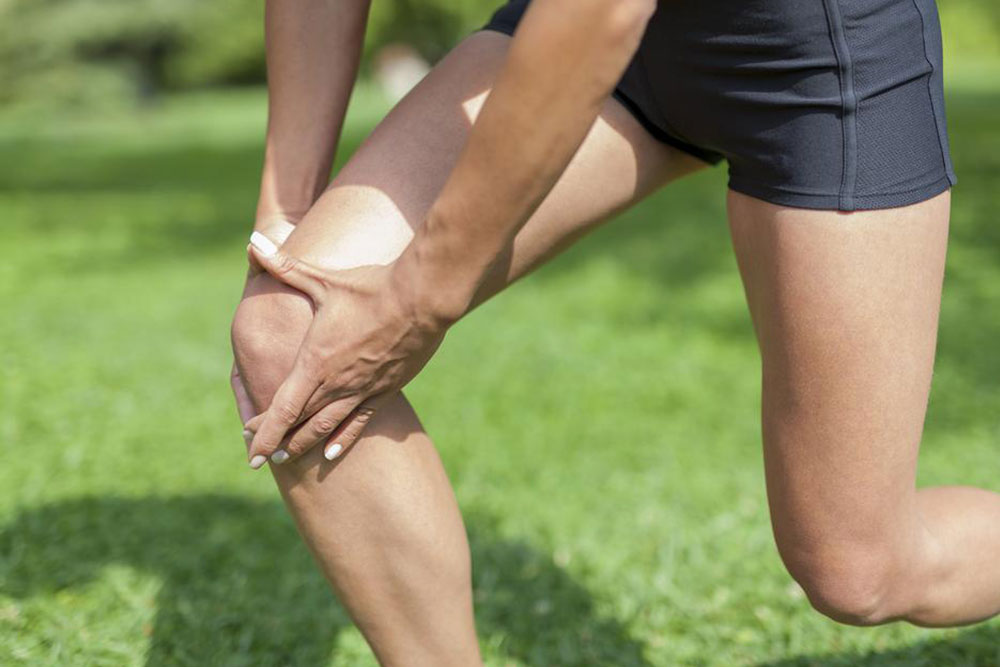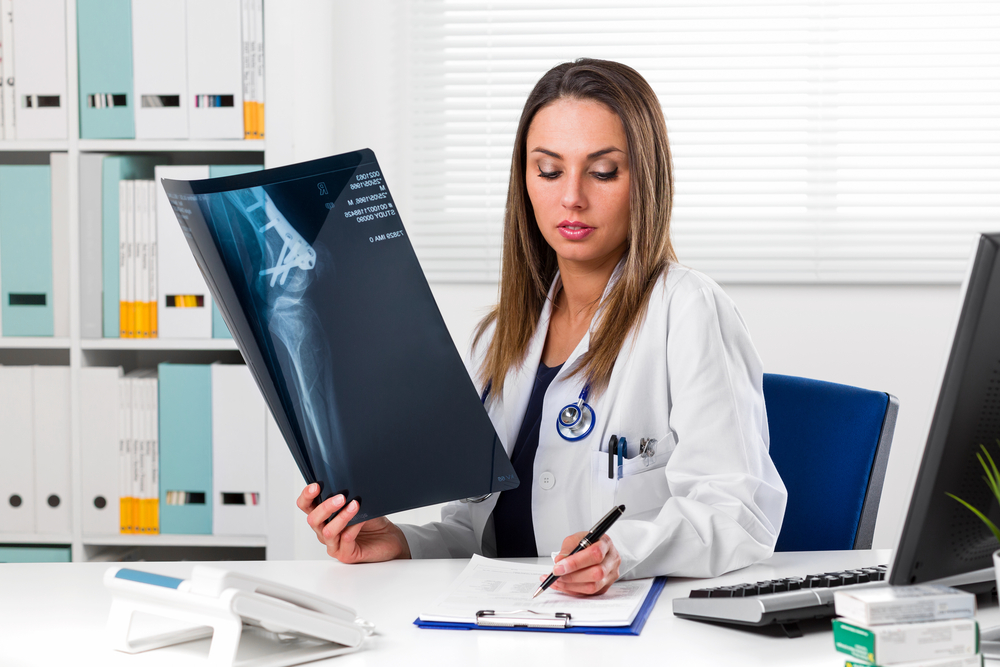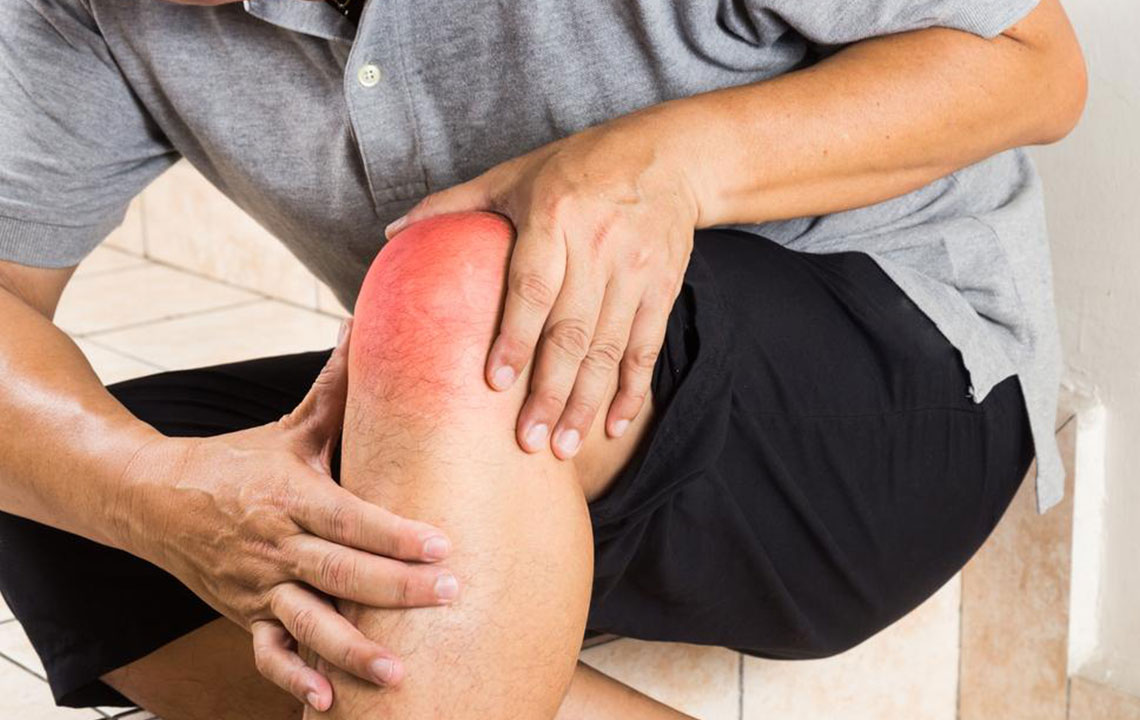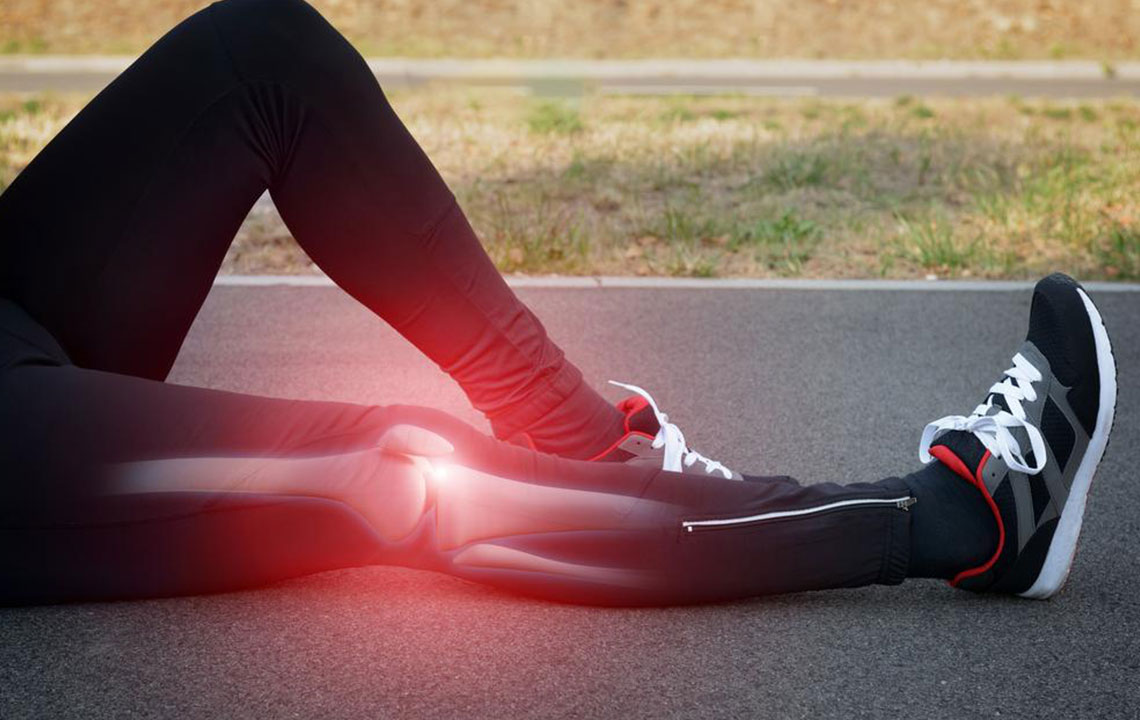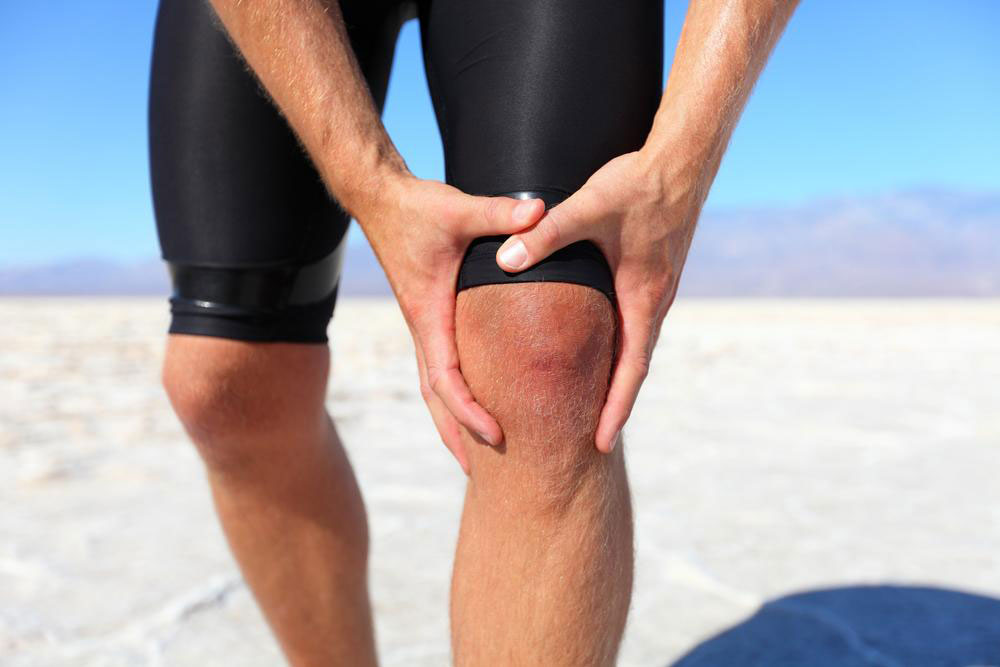In-Depth Exploration of Lateral Knee Pain: Causes, Symptoms, and Effective Relief Strategies
This comprehensive guide explores the causes, symptoms, diagnosis, and treatment options for lateral knee pain. It discusses common conditions like IT band syndrome, meniscus tears, osteoarthritis, and LCL injuries. The article emphasizes the importance of early diagnosis, home remedies, physical therapy, and surgical options for severe cases. Suitable for individuals experiencing persistent outer knee pain, this informative piece offers practical advice to promote recovery and prevent future injury, making it a valuable resource for anyone seeking effective knee health management.

In-Depth Exploration of Lateral Knee Pain: Causes, Symptoms, and Effective Relief Strategies
Knee pain is one of the most common musculoskeletal complaints affecting millions of adults worldwide. It can significantly impair daily activities, reduce mobility, and diminish quality of life. Among various types of knee discomfort, lateral knee pain—pain on the outer side of the knee—is particularly prevalent, often caused by a combination of structural, mechanical, and inflammatory factors. This comprehensive guide delves into the causes, signs, diagnostic procedures, and effective treatment methods for lateral knee pain, providing valuable insights for those experiencing persistent discomfort.
Understanding the Causes of Lateral Knee Pain
The outer part of the knee involves complex anatomy, including bones, muscles, tendons, ligaments, and cartilage. Identifying the root cause is crucial for effective treatment and recovery. The causes of lateral knee pain can be broadly categorized into degenerative, traumatic, overuse-related, and inflammatory origins.
One common source of discomfort is inflammation or injury of the iliotibial (IT) band, a thick band of connective tissue running from the hip to the shinbone. When inflamed, it causes IT band syndrome, characterized by pain and tightness on the outer thigh and knee. Furthermore, conditions such as osteoarthritis affecting the lateral compartment of the knee can lead to degeneration of cartilage, resulting in pain and stiffness. Ligament injuries, especially sprains or tears of the lateral collateral ligament (LCL), can cause acute pain, swelling, and instability. Repetitive strain from activities such as running, cycling, or jumping is often a precipitating factor for many of these conditions.
Signs and Symptoms of Outer Knee Pain
Symptoms associated with lateral knee pain vary based on the underlying pathology. Recognizing these signs helps in early diagnosis and effective management.
Osteoarthritis
Degenerative joint disease frequently affects the outer compartment of the knee, leading to what's known as lateral tibiofemoral osteoarthritis. Patients often experience stiffness in the morning, swelling, a decrease in joint range of motion, and muscle weakness surrounding the knee. Over time, the joint may become unstable, causing difficulty in walking or weight-bearing activities. Pain tends to worsen after repetitive use or prolonged activity.
Lateral Meniscus Injury
The lateral meniscus acts as a shock absorber and stabilizer within the knee joint. Tears or damage to this cartilage can cause persistent swelling, stiffness, and sometimes a locking sensation or instability when moving the knee. Patients often report difficulty bending or extending the knee fully, and it may feel as if the knee is giving way under load.
Iliotibial Band Syndrome (ITBS)
ITBS is common among athletes engaged in repetitive activities like running, cycling, or jumping. Overuse causes inflammation of the IT band, resulting in pain localized on the outer side of the knee, especially when descending stairs or running downhill. Muscle tightness in the hip or thigh can exacerbate the condition, leading to a cycle of pain and restricted movement.
Lateral Collateral Ligament (LCL) Sprain
The LCL provides stability to the outer knee. Injuries to this ligament often occur due to a direct blow to the inside of the knee or twisting injuries. Symptoms include a sudden snap or pop, swelling, localized pain, and a feeling of instability. The proximity of the peroneal nerve can sometimes lead to numbness or tingling sensations in the outer leg.
Diagnosing Lateral Knee Pain
Accurate diagnosis relies on a thorough clinical evaluation combined with medical imaging. Healthcare professionals will ask detailed questions about the onset, duration, character, and aggravating factors of pain. Physical examination focuses on assessing joint stability, swelling, tenderness, and range of motion.
Diagnostic imaging plays a crucial role; X-rays can reveal degenerative changes, fractures, or dislocations, whereas MRI scans provide detailed views of soft tissues, including cartilage, ligaments, and menisci. In some cases, ultrasound imaging is used to evaluate tendon and ligament injuries. When necessary, doctors may perform joint aspiration or other specialized tests to rule out infections or inflammatory conditions.
Effective Treatment Options for Lateral Knee Pain
Managing lateral knee pain involves a multi-faceted approach tailored to the specific cause, severity, and duration of symptoms. The primary goal is to reduce pain, restore function, and prevent recurrence. Treatment strategies range from conservative measures to surgical interventions for severe cases.
Home-Based Remedies and Lifestyle Modifications
In mild cases or during initial injury management, simple home remedies can be effective. The R.I.C.E approach—Rest, Ice, Compression, and Elevation—is widely recommended to control swelling and alleviate pain. Applying ice packs for 15-20 minutes every few hours reduces inflammation, especially in the first 48 hours after injury. Using compression sleeves or knee braces provides additional support. Elevating the leg keeps swelling down and facilitates fluid drainage.
Being mindful of activity levels is essential. Avoiding high-impact activities such as running, jumping, or twisting movements allows inflamed tissues to heal. Adjusting training routines, using proper footwear, and incorporating cross-training can prevent overuse injuries. Maintaining a healthy weight reduces load on the knee joints, decreasing stress and easing pain.
Physical Therapy and Rehabilitation
Supervised physical therapy is highly effective in most cases of lateral knee pain. Physical therapists design personalized exercise programs focusing on strengthening the muscles around the knee, especially the quadriceps, hamstrings, and hip abductors. Building muscle support enhances joint stability and alleviates strain on damaged tissues.
Stretching exercises targeting the IT band, hamstrings, and hip muscles improve flexibility and reduce tightness. Manual therapy techniques, such as mobilizations and soft tissue massage, decrease pain and improve joint mobility.
Gradual return to activity is essential, with emphasis on proper biomechanics and technique during movement. The use of orthotic devices or insoles can correct gait abnormalities, preventing further stress on the knee.
Surgical Interventions
When conservative treatments fail to provide relief or in cases of severe structural damage, surgery may be necessary. Common procedures include:
Arthroscopic meniscus repair or removal for torn cartilage
Partial or total knee replacement in advanced osteoarthritis
Ligament reconstruction or repair for significant LCL injuries
For ITBS, corticosteroid injections can reduce inflammation, and, in persistent cases, minimally invasive surgical procedures may be performed to release tight structures.Postoperative rehabilitation is critical to regain strength and mobility, with a focus on gradually resuming daily activities and sports.
Understanding the intricacies of lateral knee pain enables patients to seek timely treatment, adopt healthier lifestyles, and prevent future injuries. Consulting healthcare providers early and following prescribed therapies significantly improve recovery outcomes.
